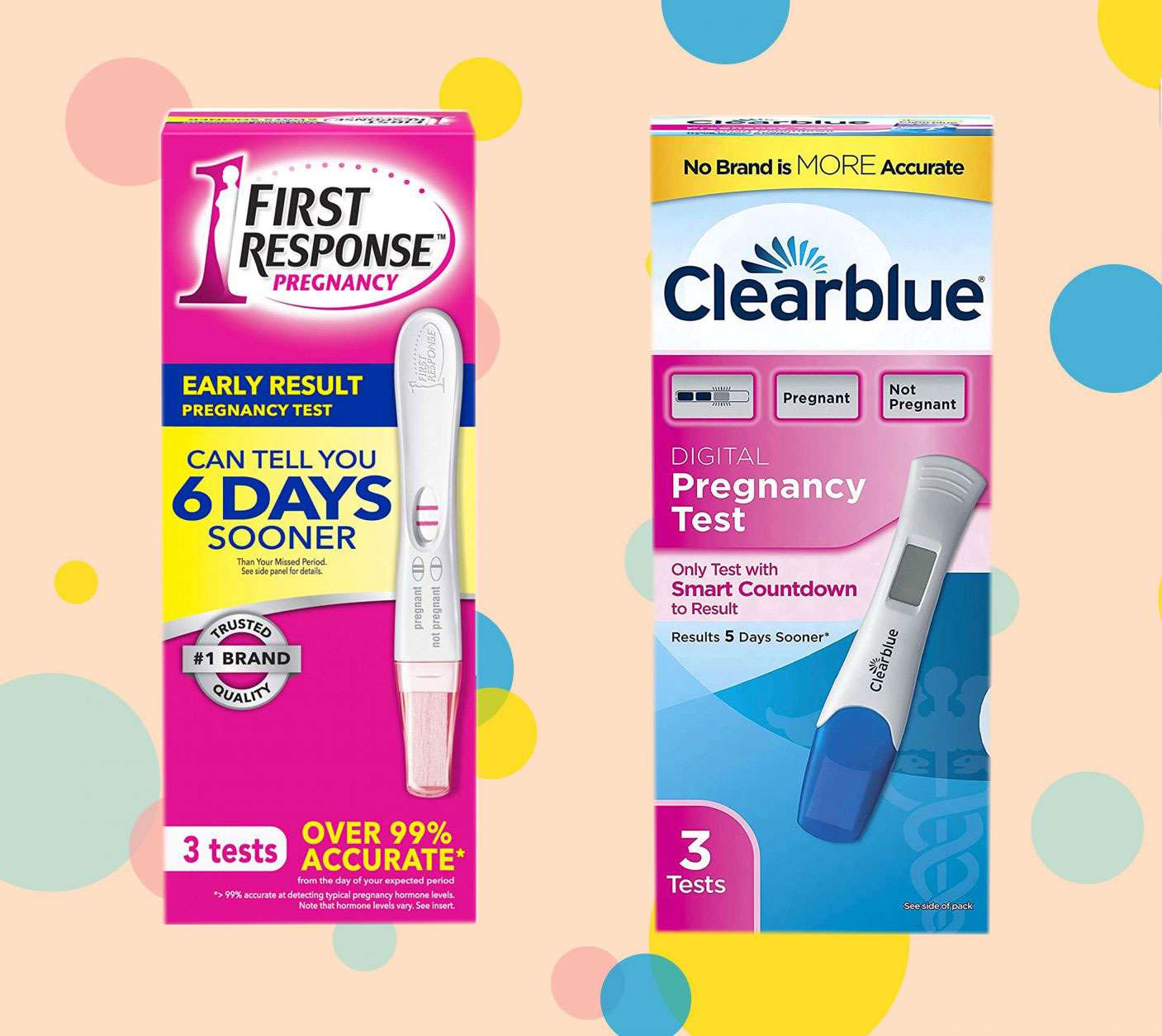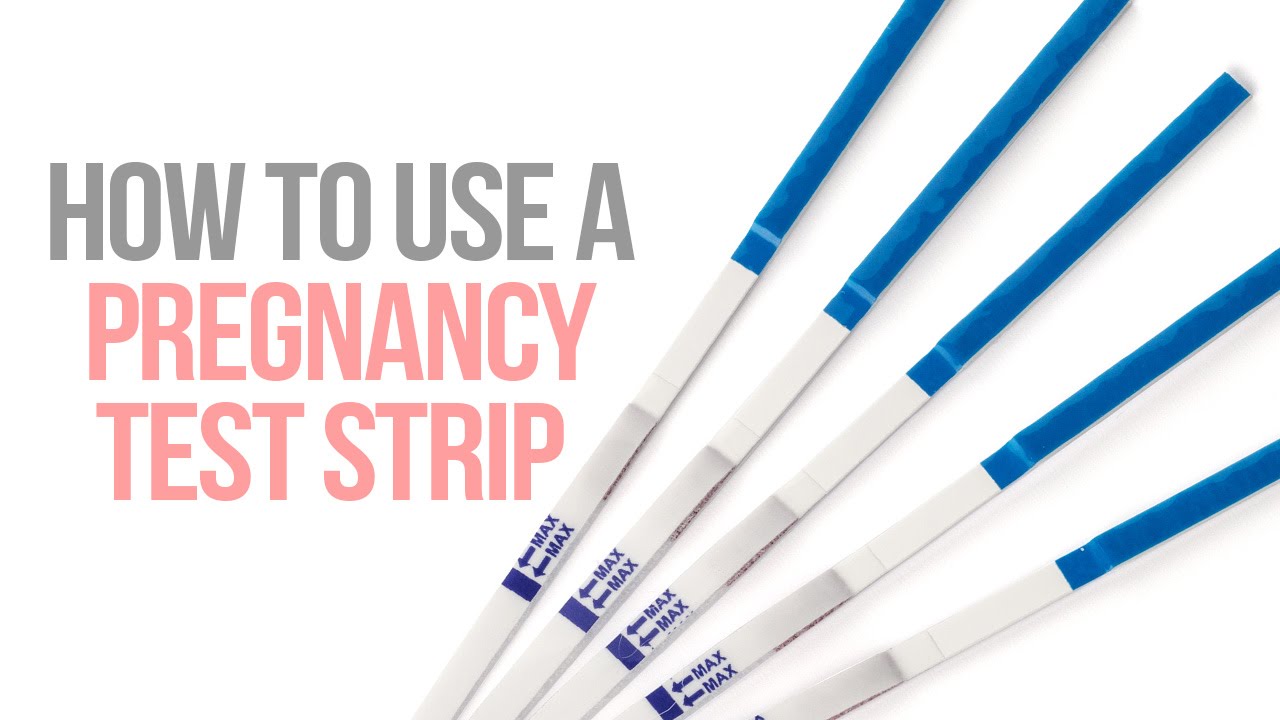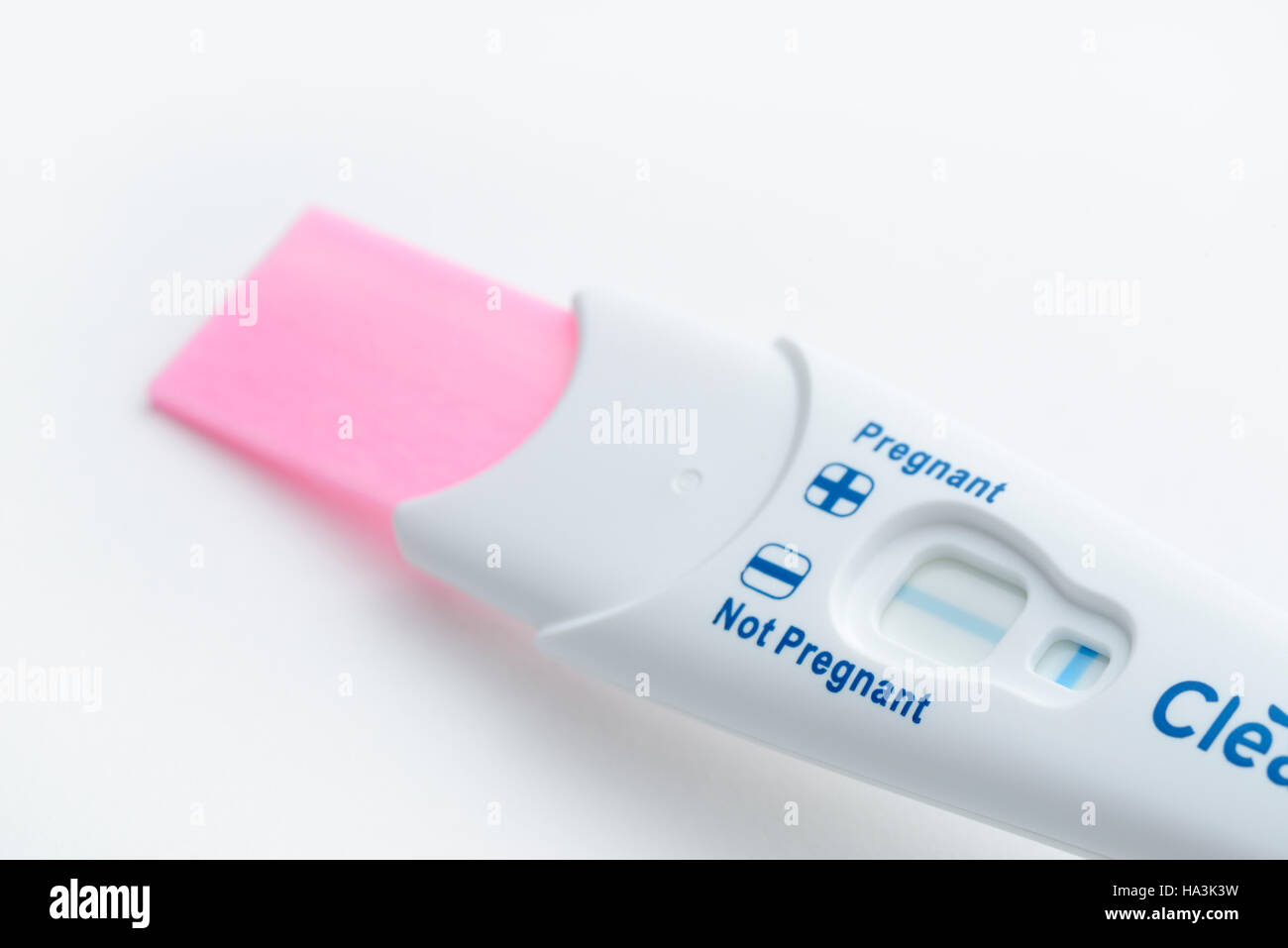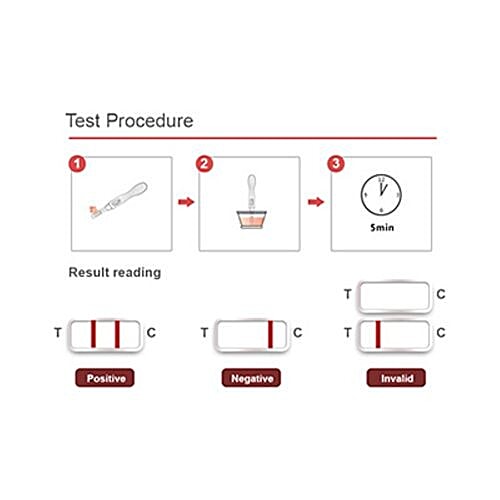Pregnancy test tubes play a crucial role in determining whether someone is expecting. They are designed to detect the presence of the hormone hCG (human chorionic gonadotropin) in urine or blood. Understanding how to use these test tubes accurately can make a significant difference in obtaining reliable results. In this post, we’ll explore the different types of pregnancy test tubes available and how to use them effectively for precise outcomes.
Types of Pregnancy Test Tubes Available

When it comes to pregnancy testing, several types of test tubes and kits are available on the market. Choosing the right one can enhance your testing experience and provide accurate results. Here’s a breakdown of the most common types:
- Urine Test Tubes: These are the most common and accessible form of pregnancy testing. They often come in a kit with a dropper or a built-in dipstick. Simply collect urine in the tube and follow the instructions to get your results.
- Blood Test Tubes: Typically used in a medical setting, these tubes require a healthcare professional to draw blood. Blood tests can detect pregnancy earlier than urine tests and measure hCG levels.
- Digital Pregnancy Test Tubes: These high-tech options provide clear, easy-to-read results on a digital screen. They eliminate the guesswork involved with traditional tests.
- Combination Tests: Some pregnancy test kits include both urine and blood testing capabilities, offering flexibility based on personal preference or doctor’s advice.
Each type of test tube has its pros and cons:
| Type | Pros | Cons |
|---|---|---|
| Urine Test Tubes | Easy to use, available over-the-counter, quick results | May be less sensitive than blood tests |
| Blood Test Tubes | More accurate, can detect pregnancy earlier | Requires a visit to a healthcare provider |
| Digital Pregnancy Test Tubes | Clear results, easy to interpret | More expensive, battery-operated |
| Combination Tests | Versatile and comprehensive | May be pricier and more complex |
In summary, understanding the different types of pregnancy test tubes available can empower you to make informed decisions about your testing options. Whether you opt for a simple urine test at home or a blood test at a clinic, knowing your choices ensures that you can achieve accurate results with confidence.
Also Read This: How to Make Square Paratha: Simple Cooking Guide on Dailymotion
3. Step-by-Step Guide to Using Pregnancy Test Tubes

Using pregnancy test tubes might seem intimidating at first, but it's actually quite straightforward! Here’s a simple step-by-step guide to ensure you get accurate results.
- Gather Your Supplies: Before diving in, make sure you have everything you need. You’ll need:
- A clean pregnancy test tube
- Your urine sample (morning urine is best!)
- A stopwatch or timer
- Instructions from the test kit
And voilà! You’ve successfully used a pregnancy test tube. Remember, following these steps closely can help ensure the accuracy of your results.
Also Read This: How to Make a Starburst Loom Bracelet: Easy Dailymotion Crafting Guide
4. Common Mistakes to Avoid When Using Pregnancy Test Tubes

While using pregnancy test tubes is generally simple, there are a few common pitfalls that can lead to inaccurate results. Here’s what to watch out for:
- Using the Wrong Time: Taking the test too early can lead to a false negative. It's best to wait until at least the first day of your missed period for the most reliable results.
- Not Following Instructions: Each pregnancy test kit comes with specific instructions. Skipping steps or misinterpreting them can lead to confusion. Always read and follow the provided guidelines carefully!
- Improper Sample Collection: Ensure that your urine sample is collected in a clean container. Any contaminants can affect the results. Avoid using soaps or cleaning agents that might linger.
- Allowing Too Much or Too Little Time: If you don’t wait long enough, you might miss the reaction. Conversely, waiting too long can lead to evaporation of the sample. Stick to the recommended timing!
- Not Storing the Test Properly: Make sure you store the pregnancy test tubes according to the manufacturer’s instructions. Extreme temperatures can affect the reagents, leading to unreliable results.
- Overanalyzing the Results: Sometimes, results can be faint or unclear. If you're unsure, it’s best to take another test or consult your doctor rather than obsessing over the interpretation.
Avoiding these common mistakes can significantly increase the accuracy of your pregnancy test results. Always remember, if in doubt, consult with a healthcare professional for guidance!
Also Read This: Is Watching Dailymotion Legal? Understanding the Legality of Streaming Videos
5. Interpreting Your Pregnancy Test Results

Once you've taken your pregnancy test, the next step is interpreting the results. It can be a nerve-wracking moment, but understanding what those lines or symbols mean is crucial. Most home pregnancy tests will display results in one of two ways: lines or digital readouts. Let's break it down.
Line Tests: In these tests, you'll see either one or two lines. A single line usually indicates a negative result, meaning you're likely not pregnant. However, two lines suggest a positive result, indicating pregnancy. Remember, the intensity of the lines can vary. Sometimes the second line is faint, which can be confusing. This might happen early in pregnancy when hormone levels are still rising. If you're unsure, it's a good idea to retest a few days later or consult a healthcare professional.
Digital Tests: These typically provide a clear "Pregnant" or "Not Pregnant" message. Some advanced digital tests even show how many weeks along you might be. If you see "Pregnant," it's generally a reliable indicator of pregnancy. However, if you receive a negative result but still suspect you could be pregnant, consider retesting after a few days. Hormone levels increase as pregnancy progresses, so a retest can often provide clarity.
Here’s a quick reference table to help you:
| Result | Meaning |
|---|---|
| One Line (Control Line) | Negative - Not Pregnant |
| Two Lines | Positive - Pregnant |
| Faint Second Line | Positive - Early Pregnancy (Retest recommended) |
| Digital "Pregnant" | Positive - Confirmed Pregnancy |
| Digital "Not Pregnant" | Negative - Not Pregnant |
Keep in mind factors like expiration dates, following instructions precisely, and the timing of your test can all affect the accuracy of your results. If you find yourself confused or have questions, don't hesitate to reach out for help.
6. When to Consult a Healthcare Professional
After interpreting your pregnancy test results, you might wonder when it's time to seek advice from a healthcare professional. Here are some key scenarios to consider:
1. Positive Test Result: If your test confirms a pregnancy, it's a good idea to schedule an appointment with a healthcare provider. They'll help you start prenatal care and discuss what to expect in the coming months.
2. Unclear Results: If you're getting mixed signals from your test, such as a faint line or inconsistent results, consulting a professional can provide clarity. They may suggest a blood test, which can detect pregnancy earlier than a home test.
3. Symptoms of Concern: If you suspect you’re pregnant but experience unusual symptoms, such as heavy bleeding or severe abdominal pain, it's crucial to seek medical advice. These may be signs of complications that need immediate attention.
4. Lifestyle Changes: If you're planning to become pregnant, it's beneficial to consult a healthcare provider for advice on preparing your body for pregnancy. This can include discussions about diet, exercise, and prenatal vitamins.
Remember, your healthcare provider is there to help you navigate this exciting journey. Don't hesitate to reach out with any questions or concerns—it's better to be informed and proactive!
 admin
admin








